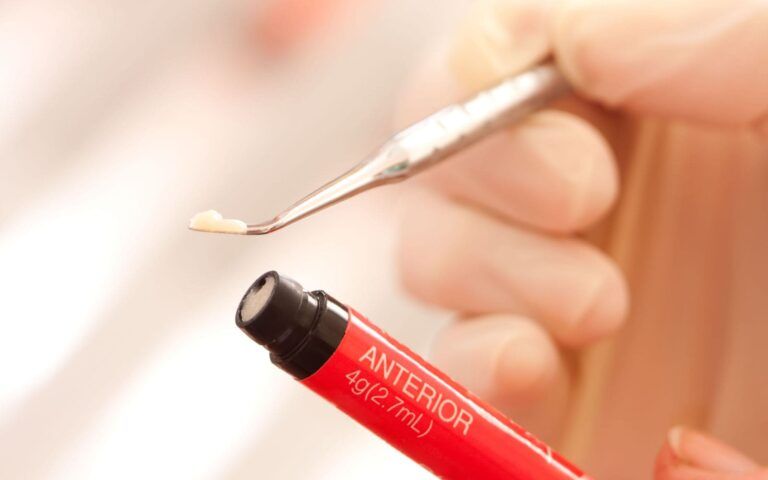How Direct Composite Resin Can Treat Traumatic Dental Injuries

When traumatic dental injuries happen, they can be painful and devastating to your health and appearance. As dentists and oral surgeons, our primary goal for treating traumatic dental injuries is to save the tooth from tooth loss and restore your smile’s appearance.
In cases of injury, sometimes direct restorations such as dental bonding, silver amalgams, and filling methods can be the best way to treat traumatically injured teeth. Dentists have recently started using the direct composite method, allowing them to work with a composite resin material to repair broken and fractured teeth. As a reliable way to correct dental injuries, here’s further information on how composite resin works and what it can treat.
What Is Composite Resin?
Composite resin is a tooth-colored material used to replace broken or decayed portions of the teeth. As a polymer-based material, the composite resin is used in many dental practices for aesthetic and functional repairs and has been used in dental care for over 50 years. As one of the most reliable restoration materials, dentists use composite resin in many treatments, including fillings, implants, crowns, and root canals.
Composite resin can be used for both direct restorations and indirect restorations. Direct restorations refer to restorations that don’t require laboratory work to correct problems with the teeth, while indirect restorations require laboratories to fabricate the device used for treatment. However, many dentists often prefer composite resin for direct restorations, as they offer the stability and strength to treat traumatic tooth injuries.
How Composite Resin Helps Provide Treatment For Traumatic Dental Injuries
For dentists, immediate action must be taken to save the tooth from decay and loss. Direct composite treatment is an excellent way to help treat traumatic tooth injuries as it works to remedy the problem without the costs, waiting times, and surgical expenses that come with indirect restorations. However, the success of this treatment all depends on the type of tooth injury that occurred. Some factors that influence candidacy for direct composite treatment include:
- Tooth Fractures: Micro tooth fractures and even some major fractures in the teeth can be treated with direct composite treatments as long as the tooth remains intact.
- Chips and Broken Teeth: In teeth faced with chips and broken areas of tooth structure, dental bonding with composite resin can help repair the missing areas of the tooth and protect the inner pulp from decay.
- Knocked-Out Teeth: For knocked-out teeth, the usual treatment involves reinserting the tooth back into the gum socket, but knocked-out teeth usually aren’t repaired with composite resin as it is preferred for the gums and tooth roots to heal naturally.
- Partially Displaced Teeth: When these teeth come out of alignment due to accident or injury. However, in most circumstances, determining treatment depends on the extent of the damage to the jaw and mouth areas.
For minor traumatic injuries, direct composite treatment can be an excellent way to repair the teeth without involving laboratory services. If you would like to learn more about your options for composite resin treatment, schedule an appointment with your dentist or oral surgeon today!
